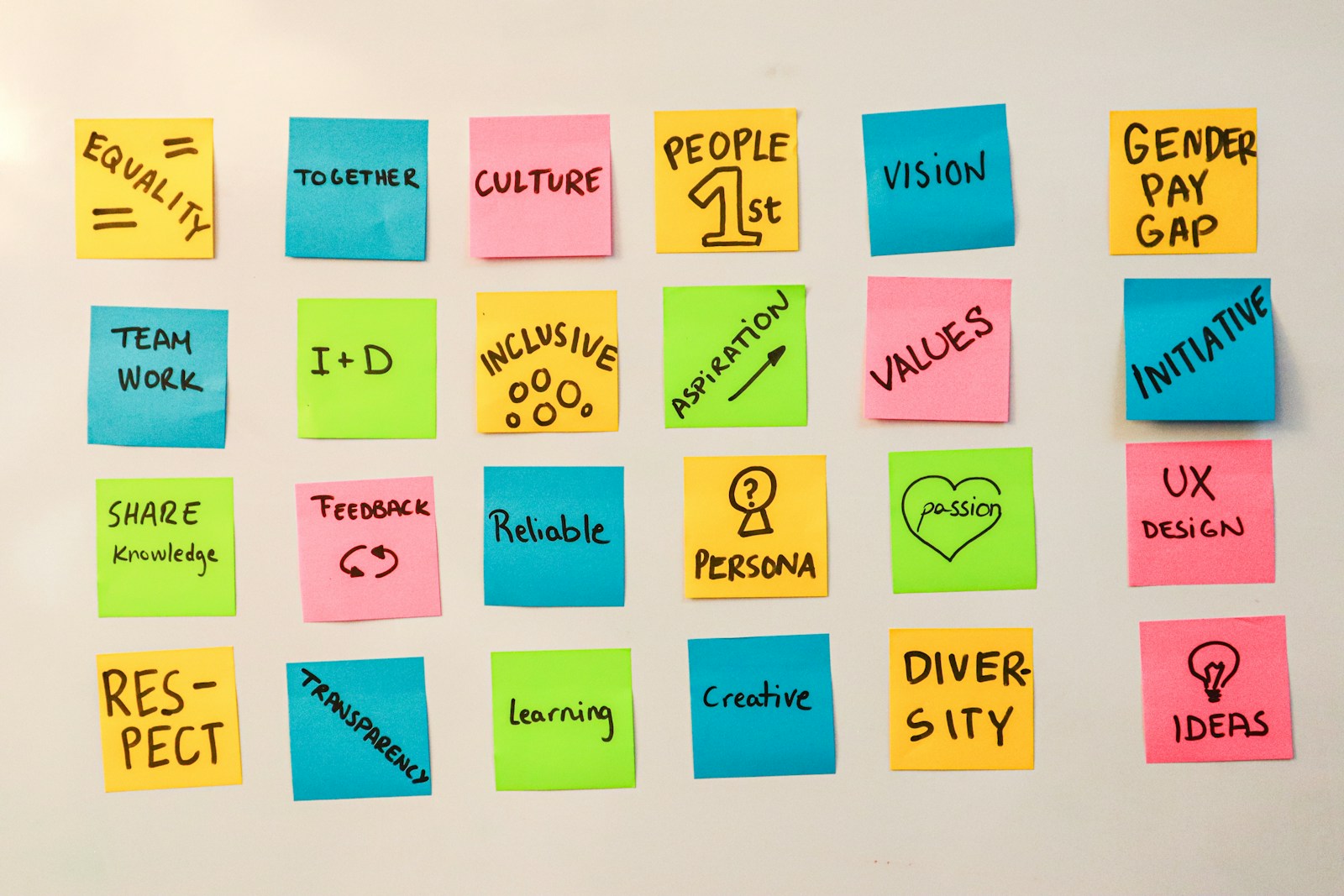Rapidly growing tech startups often face the challenge of maintaining open communication and transparency as they scale. Information bottlenecks, rumors, and a lack of employee engagement can quickly erode trust and hinder effective decision-making. Cultivating a culture of radical transparency, where information flows freely and feedback is valued, is essential for navigating rapid growth. As Ray Dalio notes in “Principles,” “Radical transparency and open-mindedness are enormously helpful for achieving shared objectives.” This is where innovative video feedback platforms like qvids can play a transformative role, moving beyond static emails and into engaging, conversational communication.
Turn your internal communications into conversation starters
In large and distributed companies, traditional internal communication often falls flat. Announcements are made, but dialogue is often absent. This passive approach can lead to misunderstandings, disengagement, and the spread of misinformation. As communication expert, Dr. Albert Mehrabian’s research shows, 55% of communication is non-verbal, indicating the importance of context and visual cues often missing in text-based communications. Instead, every communication should be a conversation starter. With qvids, you can share video messages that set the context, create a sense of presence, and foster connection. By closing each video with two or three specific questions, you’re actively inviting comments and contributions from your employees. When the company doesn’t actively invite feedback, it makes space for rumors and speculation, which are toxic to a healthy work environment. qvids turns internal communication into a vibrant dialogue, promoting engagement and inclusion. For example, a leadership team could share a video outlining the new quarterly goals, and then ask employees directly for feedback on how they think they can achieve those goals.
Share the conversation
Transparency isn’t just about making information available; it’s about making sure everyone has a voice. In a transparent culture, all stakeholders should have the ability to speak freely and have their opinions heard. As Dalio states, “Get in the habit of seeking out the smartest people who disagree with you so that you can understand their perspective.” With qvids’ community response features, all interview responses are visible to the interviewers and to all who responded. This means that conversations about the strategy or the direction of the company can be had openly. This also allows employees to be seen, to have a space to share, and promotes inclusion and ownership. This isn’t about one person’s feedback to the leadership, it’s about a larger company conversation that can help to build a stronger and more positive culture. This kind of open communication breaks down silos and builds a collective sense of purpose and accountability. Research from Harvard Business Review shows that companies with transparent communication practices experience a 20% increase in productivity and engagement. For example, all employees in a development team could respond to a question about the company’s technology roadmap and comment on the other employees views too.
Keep the conversation open and continuous
A truly transparent culture requires continuous dialogue, not just occasional feedback sessions. Personalized, asynchronous video platforms like qvids empower organizations to remain open to feedback whenever employees are ready to share it. It’s not about setting up specific feedback times, it’s about always being open to feedback whenever and however employees wish to share it. Instead of scheduling meetings for one or two people at a time, teams can share their video feedback at a time that is convenient for them. This also encourages a more reflective and thoughtful approach to sharing insights and allows for more in-depth responses. This consistent approach to feedback means that the company is always in a position to learn from its most valuable asset – its people. Research by Gallup shows that companies with high employee engagement see a 21% increase in profitability, highlighting the financial benefit of empowering employees with channels of feedback. For example, employees can share their reflections on new processes and how they may impact their workflow, whenever the moment feels appropriate.
Value deeper communication and find the insights
The information you can glean from video is much richer than text-based communications. The emotional responses, tone of voice, and body language all contribute to a deeper and more meaningful understanding of what employees are really feeling. As Dalio puts it, “You must be able to objectively look at what is happening, gather the best information you can and make logical judgments to move forward.” With qvids’ transcription and AI-based analysis, rapidly growing startups can ensure they’re aligned with their employees’ feelings. Quickly and easily analyze the transcribed video conversations, identify patterns, and pinpoint areas where improvements can be made. This isn’t about surface-level feedback, but about leveraging insights into what employees are really thinking and feeling. This kind of in-depth analysis allows for data-driven decisions that are truly aligned with the needs and aspirations of the team. For example, an HR team can quickly identify patterns in video feedback regarding employee wellbeing, and adapt their support systems to better help their employees.
By embracing video feedback platforms like qvids, tech startups can cultivate a culture of radical transparency that fosters trust, reduces information bottlenecks, and empowers everyone to contribute to the company’s success.
